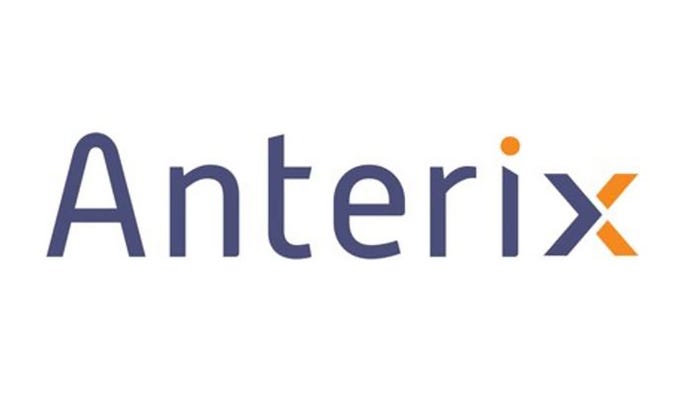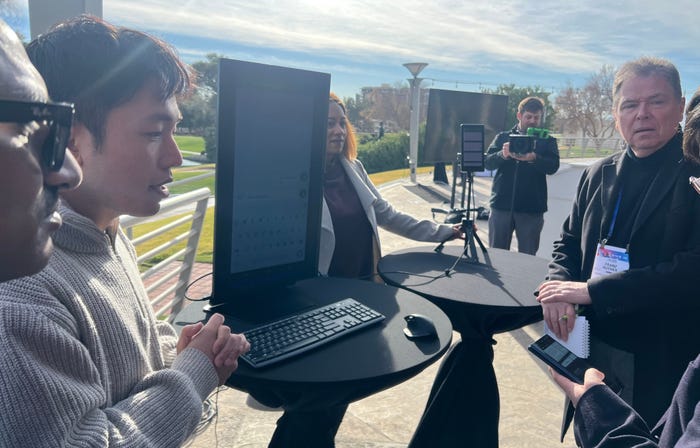3GPP approves standard for mission-critical PTT (MCPTT) over LTE in Release 133GPP approves standard for mission-critical PTT (MCPTT) over LTE in Release 13
Mission-critical push-to-talk (MCPTT) functionality is now part of the LTE standard in Release 13, which was “frozen” by the 3GPP standards body last week in Sweden. As a result, MCPTT-capable equipment should be available for FirstNet when Release 13 is scheduled to be implemented as early as 2018.
Mission-critical push-to-talk (MCPTT) functionality is now part of the LTE standard in Release 13, which was “frozen” by the 3GPP standards body last week in Sweden. As a result, MCPTT-capable equipment should be available for FirstNet when Release 13 is scheduled to be implemented as early as 2018.
At one point last year, there was speculation that at least some portion of the MCPTT standard would not be finished in time for last week’s scheduled freeze date for LTE Release 13, but all aspects were completed in time, according to Dean Prochaska, FirstNet’s director of standards.
“Back in December, it was looking like it could be a little bit difficult; but everyone came through, so I was very pleased,” Prochaska said during an interview with IWCE’s Urgent Communications. “We were quite pleased with the results.”
FirstNet officials expect that MCPTT over LTE “will meet or exceed current LMR” services, Prochaska said. Although FirstNet always has planned to implement MCPTT in its network, organization officials repeatedly have emphasized that public-safety officials will determine when the functionality is trusted enough to be utilized in life-and-death scenarios faced by first responders.
The new MCPTT standard supports direct-mode voice communications, a "discovery" feature that lets a user know of other users that are within direct-mode range, and a relay capability that allows an out-of-coverage user to connect to a fixed LTE network via a direct-mode connection with an in-network LTE device, according to Prochaska.
In January, FirstNet released its request for proposal (RFP) for offerors to bid on the right to build and maintain a nationwide public-safety broadband network (NPSBN) that will leverage LTE as its primary terrestrial-communications technology. Release 13 and MCPTT functionality are scheduled to be implemented throughout the system two years after the contract is awarded—in late 2018, under the current FirstNet timeline.
That timeline should be reasonable with last week’s approval of the MCPTT standard for LTE, Prochaska said.
“Now that the specification is completed, vendors can start the development cycle officially—I’m sure some of them have been working a little bit ahead of time,” he said. “As we’ve stated before as an observation from past experience, the development cycle for a product is typically about two years.
“Once that is completed, that doesn’t mean a network operator would automatically offer that commercial service. It could, but there’s probably testing, integration and those kinds of activities that go on, as well.”
Several vendors have implemented various “over-the-top” software offerings that enable users on a commercial device to engage in a push-to-talk conversation with someone using an LMR radio, but those solutions tend to be proprietary. By having an MCPTT standard for LTE, public-safety users should realize interoperability benefits quickly and significant economies of scale, Prochaska said.
Next Tuesday at IWCE 2016 in Las Vegas, Prochaska and Andrew Thiessen—deputy program manager for Public Safety Communications Research (PSCR)—will provide greater detail about MCPTT over LTE during a conference session called “3GPP mission-critical push-to-talk standards update.”
In addition to completing its work on Release 13 of LTE, 3GPP attendees in Sweden began identifying tasks for Release 14, which is expected to include features such as mission-critical data and mission-critical video, Prochaska said. Definitions for those features have not been finalized yet, but early discussions include considerations for attributes such as lower latency and improved quality of service, he said.
Standards for Release 14 of LTE are scheduled for completion in March 2017.





